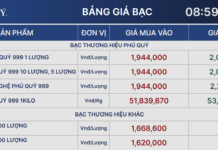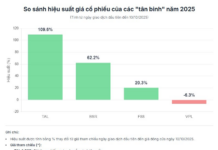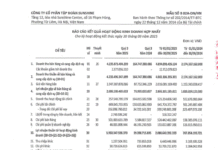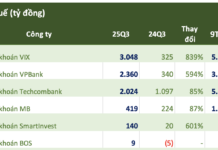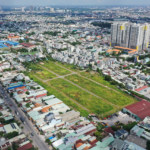
According to data from the International Monetary Fund (IMF), in 1989, the GDP (PPP) of Malaysia, the Philippines, Thailand, and Indonesia was higher than that of Vietnam, at $120 billion, $152 billion, $244 billion, and $459 billion, respectively.
By 2008, Vietnam’s GDP (PPP) had surpassed that of the Philippines. Specifically, in 2008, the Philippines’ GDP (PPP) was approximately $442 billion, while Vietnam’s was about $445 billion. By 2016, Vietnam’s GDP (PPP) continued to exceed that of Malaysia. In 2016, Malaysia’s GDP (PPP) was around $793 billion, while Vietnam’s was approximately $802 billion.
From 2016 onwards, Vietnam’s GDP (PPP) has consistently ranked higher than that of the Philippines and Malaysia. In 2023, Vietnam’s GDP (PPP) reached approximately $1.503 trillion, compared to the Philippines’ $1.367 trillion and Malaysia’s $1.373 trillion. Thus, Vietnam’s GDP (PPP) has significantly outpaced both the Philippines and Malaysia.
Meanwhile, Vietnam’s GDP (PPP) still lags behind Thailand. Specifically, Thailand’s GDP (PPP) stood at about $1.683 trillion in 2023, indicating that Vietnam is gradually catching up with Thailand in terms of economic size.
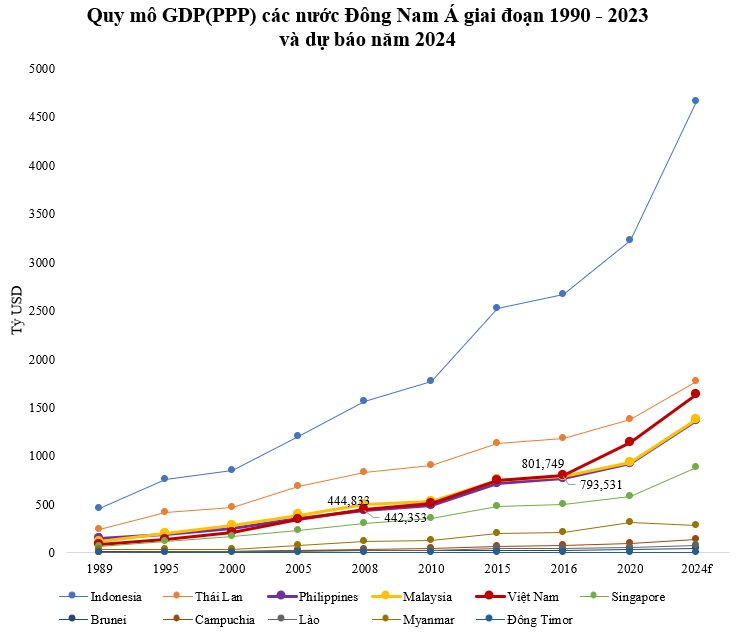
GDP (PPP) of Southeast Asian countries from 1990 to 2023 and forecast for 2024. Source: IMF
Considering all the countries in the Southeast Asian region, Vietnam’s GDP (PPP) has undergone a remarkable transformation during the 1989-2023 period. After 34 years of development efforts, Vietnam’s GDP (PPP) increased from $83 billion in 1989 to $1.503 trillion in 2023.
Between 1989 and 2023, Vietnam’s GDP (PPP) experienced the largest growth in the ASEAN region, increasing by almost 18 times. Other countries also improved, but at a slower pace: Laos (over 14 times), Singapore (over 12 times), Malaysia (over 11 times), Indonesia (nearly 10 times), Myanmar (over 9 times), the Philippines (over 8 times), Thailand (nearly 7 times), and Brunei (over 3 times).
According to the latest IMF forecast, in 2024, Vietnam’s GDP (PPP) is expected to reach approximately $1.632 trillion, ranking third in the region. The GDP (PPP) of other Southeast Asian countries for 2024 is projected as follows: Indonesia ($4.658 trillion), Thailand ($1.771 trillion), the Philippines ($1.367 trillion), Malaysia ($1.372 trillion), Singapore ($880 billion), Brunei ($41 billion), Cambodia ($140 billion), Laos ($75 billion), Myanmar ($284 billion), and East Timor ($6.4 billion)
GDP PPP (Gross Domestic Product Purchasing Power Parity) measures a country’s total economic output adjusted for purchasing power parity. It takes into account the differences in prices and the purchasing power of local currencies, allowing for direct comparisons between national economies, unaffected by exchange rate fluctuations.
A Journey to Strengthen Ties: Prime Minister Pham Minh Chinh’s Visit to Three Middle Eastern Nations
On the morning of October 27, Prime Minister Pham Minh Chinh and his wife, along with a high-level Vietnamese delegation, departed Hanoi for an official visit to the United Arab Emirates (UAE) and the State of Qatar. The delegation will also attend the 8th Future Investment Initiative Conference and will have a working visit to the Kingdom of Saudi Arabia from October 27 to November 1, 2024.

